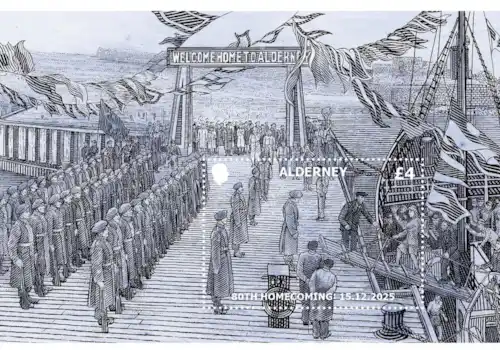23 May 2025
|
Coin collectors can discover the drama, intrigue, and history behind one of numismatics’ most exciting eras.
How Did the Vikings First Invade England?
In the 860s Viking armies, accompanied by families and farming tools, landed unopposed on England’s eastern shores and began to fan out across, and eventually beyond, East Anglia. In 866 they captured York from Northumbria’s Anglo-Saxons and recreated much of the city as Jorvik.
What Was the Importance of Jorvik in Viking Britain?
Consanguine Viking tribes attacking the British Isles from the west were soon firmly established in Dublin and trading across the Irish Sea and along routes over the Pennines that led to Jorvik. The Anglo-Saxon kingdoms seemed doomed until a young king, Alfred of Wessex, led his army and those of some allied kingdoms to major victories.
Suggested article: Your guide to Roman coins
How Was the Danelaw Created?
In 886 the Vikings accepted a peace treaty and a partition that gave them lands in the east and north (the Danelaw), while the Anglo-Saxons held the south and west. Alfred and his successors took precautions against further Viking attacks by fortifying their towns, strengthening their navy and training a strong militia force. Those policies paid dividends in later decades when the Vikings broke the treaty. They were heavily defeated in Northumbria in 937; and they lost Jorvik in 954 when their king, Eric Bloodaxe, was expelled.
Why Did the English Pay the Vikings?
PAYMENTS AND BRIBES
Viking raids recommenced in 980 at a time when a unified English government under Aethelred the Unready decided to bribe Viking rulers rather than again go to war. The payments (Danegelt) rose to as much as 2,500,000 silver pennies every three or four years until a change in English policy in 1002 resulted in an overnight massacre of untold numbers of Vikings and the flight from England of many more who escaped the attacks and returned to Scandinavia or settled in parts of France that later became known as Normandy. Longer term outcomes when the Vikings retaliated included the rule of Cnut as an Anglo-Danish king… and the invasion of a Viking descendant, William the Conqueror, in 1066.
Did the Vikings Mint Their Own Coins?
It might be imagined that the Vikings acquired enough Anglo-Saxon coins through trade, wars and Danegelt payments to satisfy their needs without minting their own money, but that was not the case. In Viking East Anglia between 885 and 915 they struck imitations of Alfred’s money; often with blundered legends and crudely-executed designs.
Who Was Guthrum and What Was His Role in Viking Coinage?
Following his defeat by Alfred, the Viking leader Guthrum had settled in East Anglia and adopted the name Athelstan I, under which he issued his own coins, including silver halfpence as well as pence. When Athelstan died in 890 his successors issued coins commemorating St Edmund, whom the Vikings had executed when seizing control of East Anglia.
What Have Archaeologists Found at Jorvik?
Early finds by archaeologists excavating at Viking Jorvik have included not only examples of coins, but also the hammers and dies used to strike money at the settlement’s busy mint. Numbers of crude copies of Jorvik struck coins have also come to light overseas.
How Far Did Viking Coins Travel Across England?
They may have been copied from coins that found their way to Scandinavia in the purses of Jorvik merchants. Other interesting Viking coins from Jorvik include ecclesiastical issues by York’s archbishops. Across England hoards of Viking coins and scrap silver have come to light in parts of the country well beyond the Danelaw lands.
Who Was Guthrum, and Why Is His Coin Important?
The image shows a Viking silver penny of Guthrum, who fought and almost defeated Alfred the Great. He converted to Christianity in 878, took the name Aethelstan and ruled the Danelaw lands until his death in 890AD.
Want even more coin collecting information, market insight and in-depth collecting guides? Try the latest issue of Coin Collector magazine today! Click here to get your digital copy.







